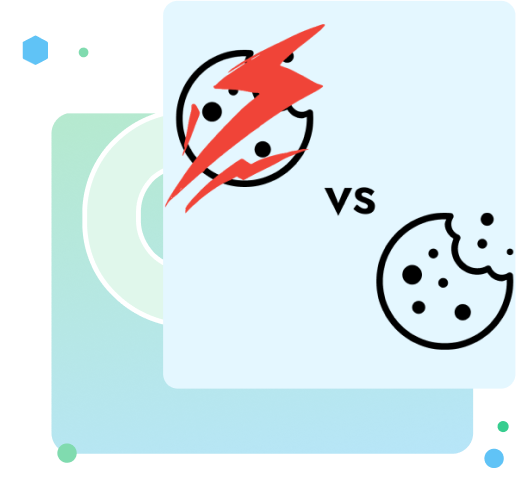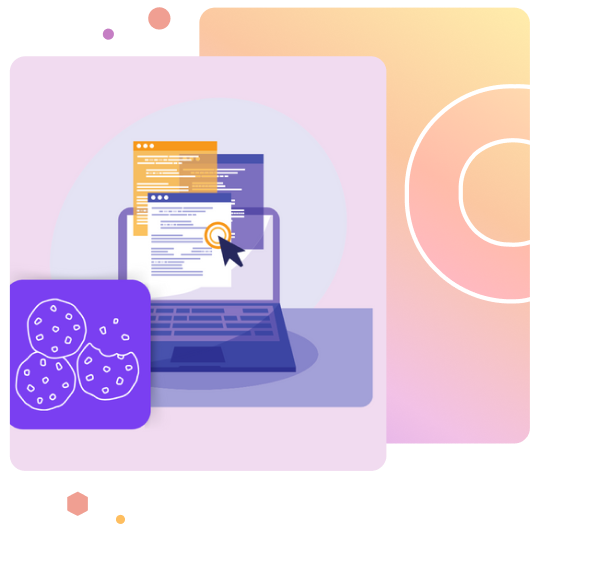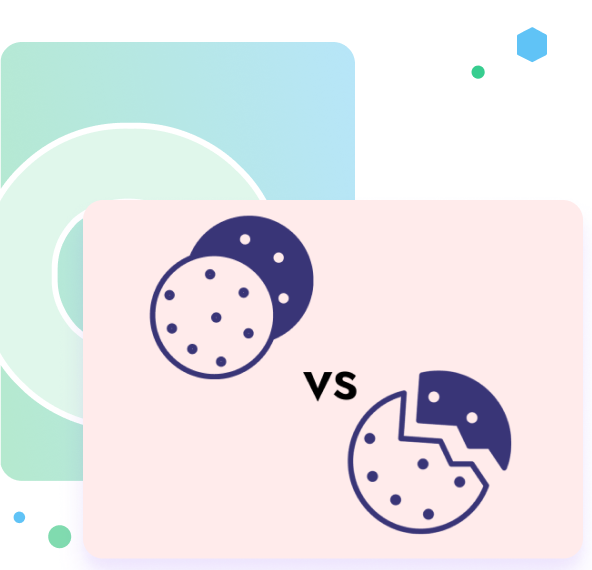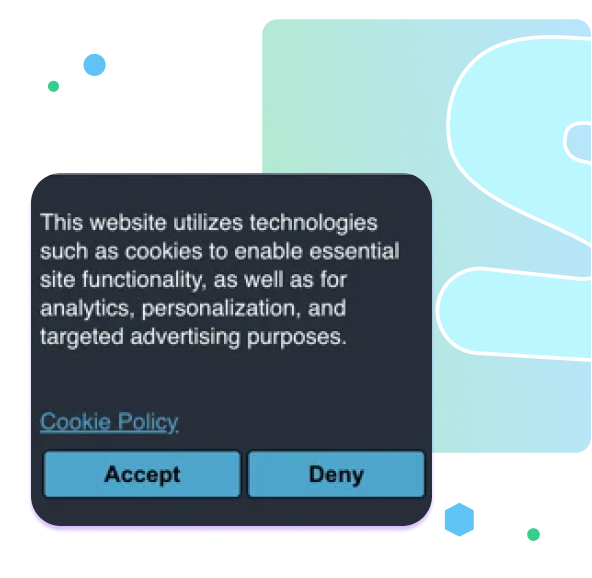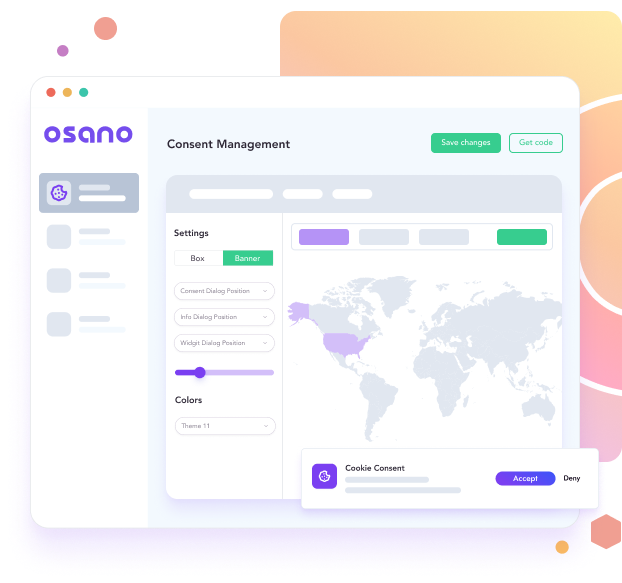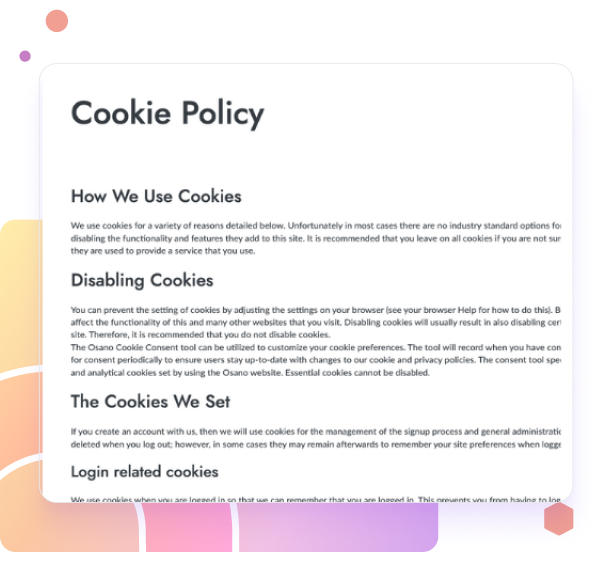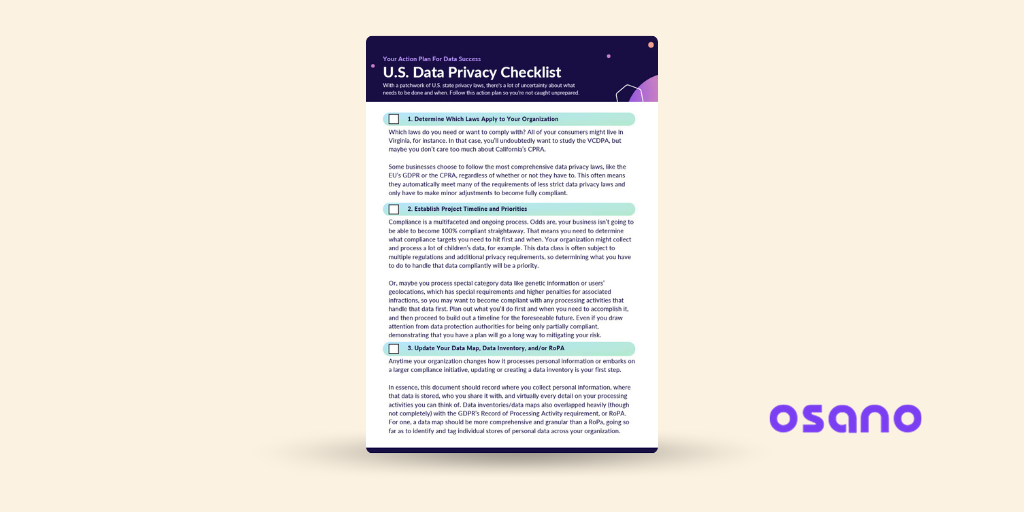1. Evaluate vendors.
Evaluate vendors. When your business wants to add a new cookie, you need to evaluate the vendor the cookie is associated with. Is this a reputable vendor you want to have on your website? A product like Vendor Privacy Risk Management can help give you insights into potential vendors. During this time, you can also create a Privacy Impact Assessment (PIA).
2. Confirm functionality.
Once you’re ready for the new cookie, or while you’re evaluating your existing cookies during ongoing maintenance, you need to confirm the cookie type, business purpose, retention policy (how long will this cookie retain data?), and what data is or will be processed. During this time, you can add the cookie or script to a staging environment.
3. Add the cookie to your website or CMP.
After confirming functionality, add the cookie or script to your production environment and add any classification work to your consent management platform.
4. Update disclosures and policies.
Once your users are being tracked by the new cookie or script, it’s important to update your cookie notices and disclosures and your privacy policies.
5. Implement ongoing maintenance.
Monitor and address any data concerns stemming from the data collected with annual vendor relationship evaluations and real-time monitoring of security concerns.
These five repeatable steps will help you keep track of the cookies that are currently on your site, ensuring your organization is compliant while building trust with your customers and prospects over time.
But cookie governance is just one part of the privacy program journey. To build a program dedicated to operational excellence without losing track of your progress with cookie governance, download the Osano Privacy Program Maturity Model.
.webp?width=1220&height=1090&name=Osano-guarantee-seal%20(1).webp)


